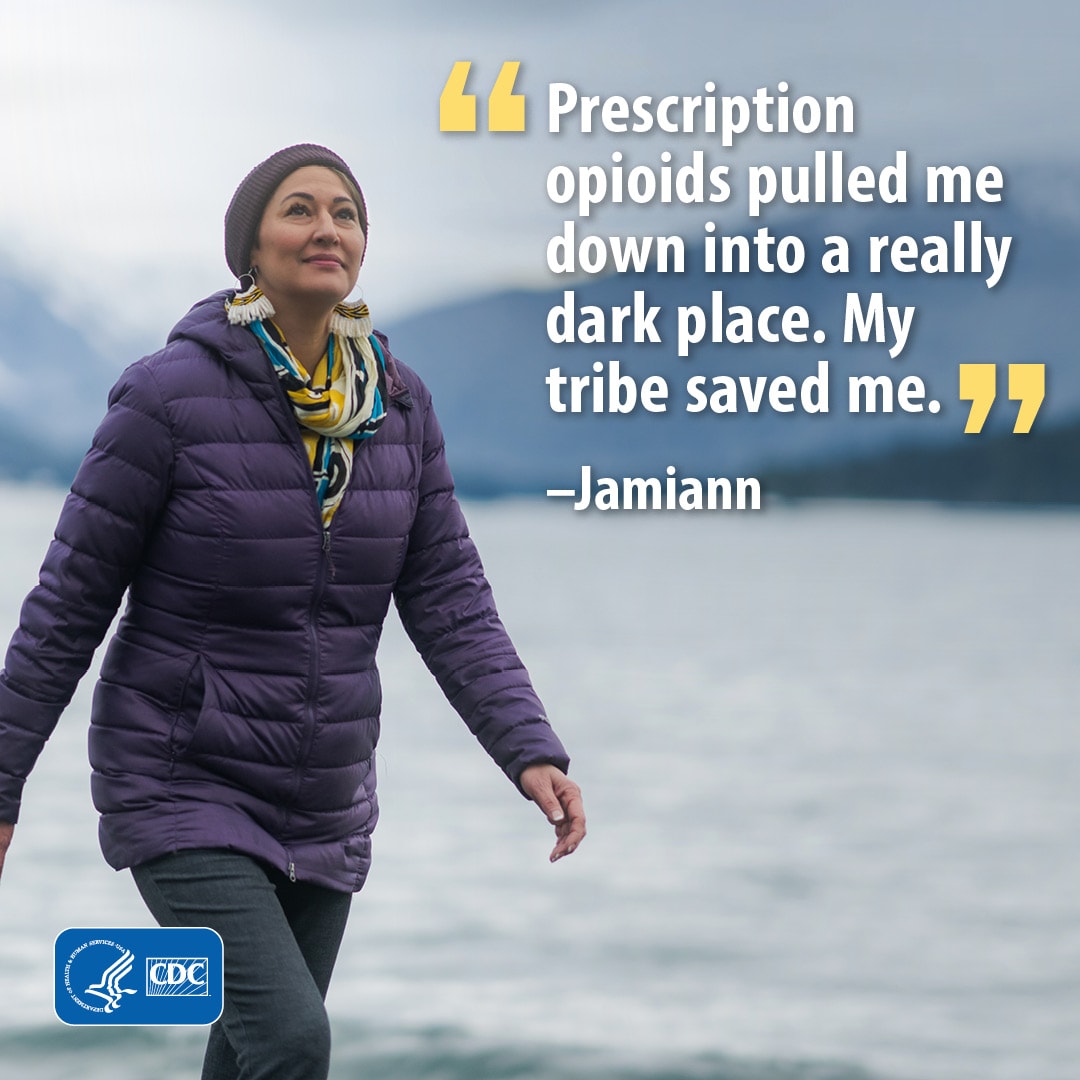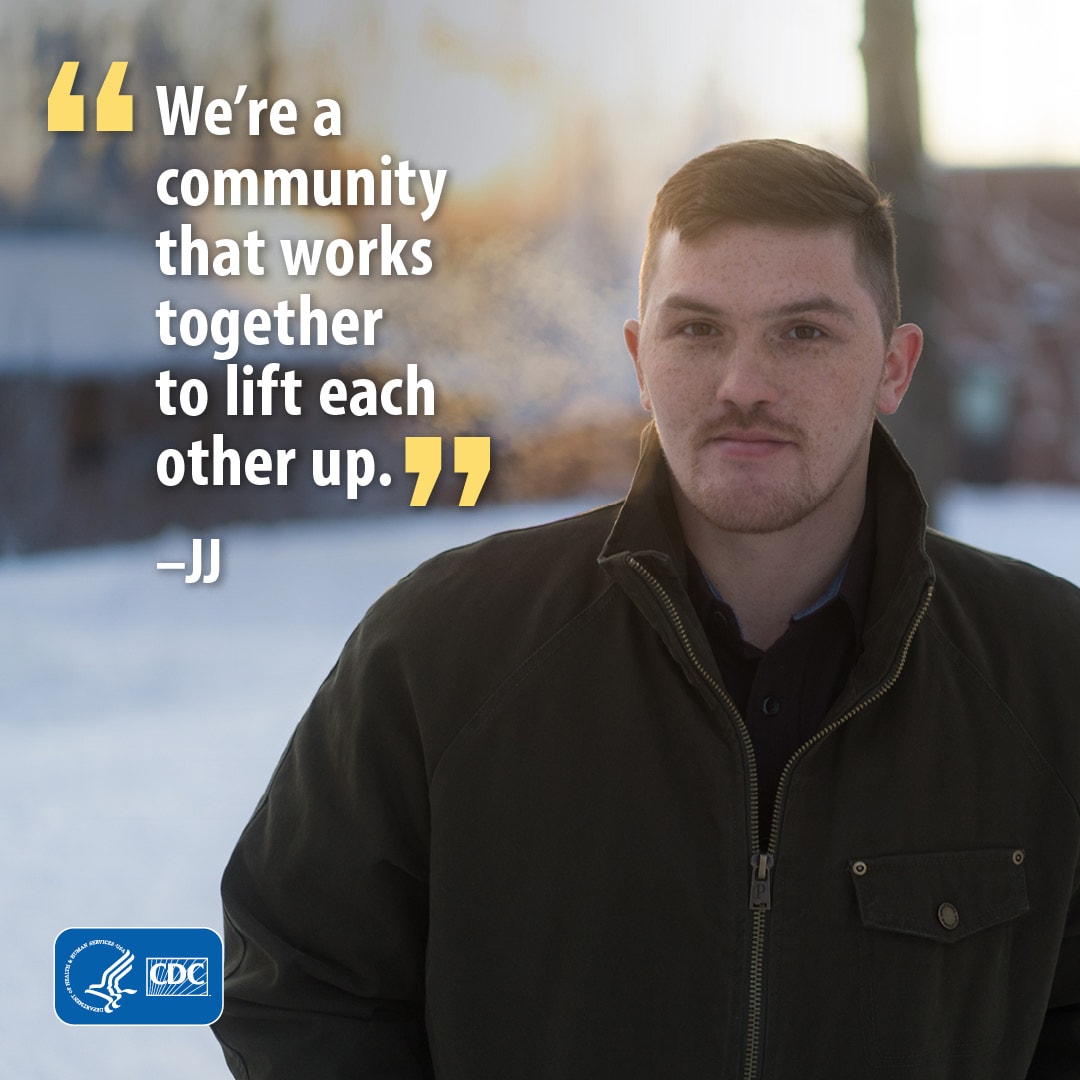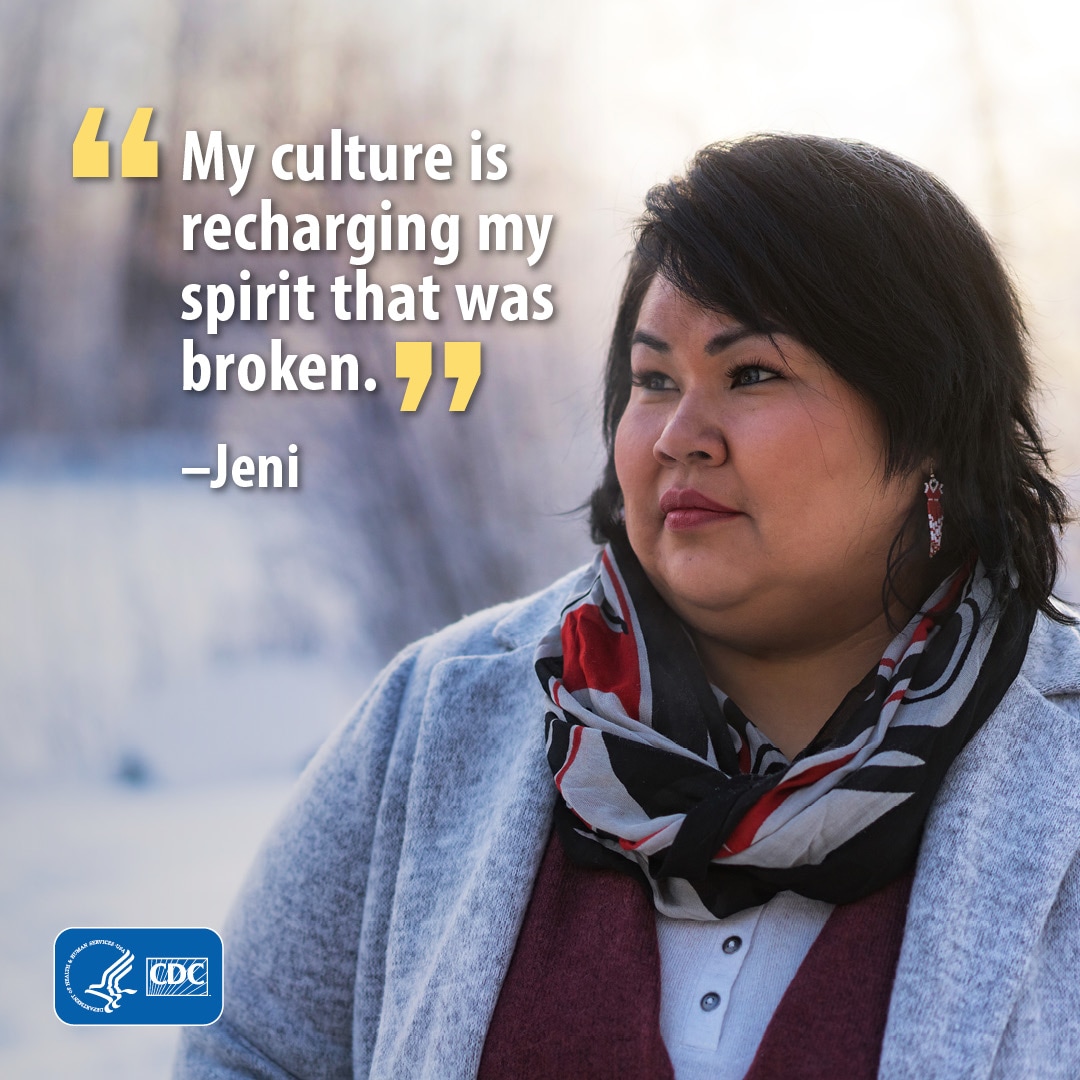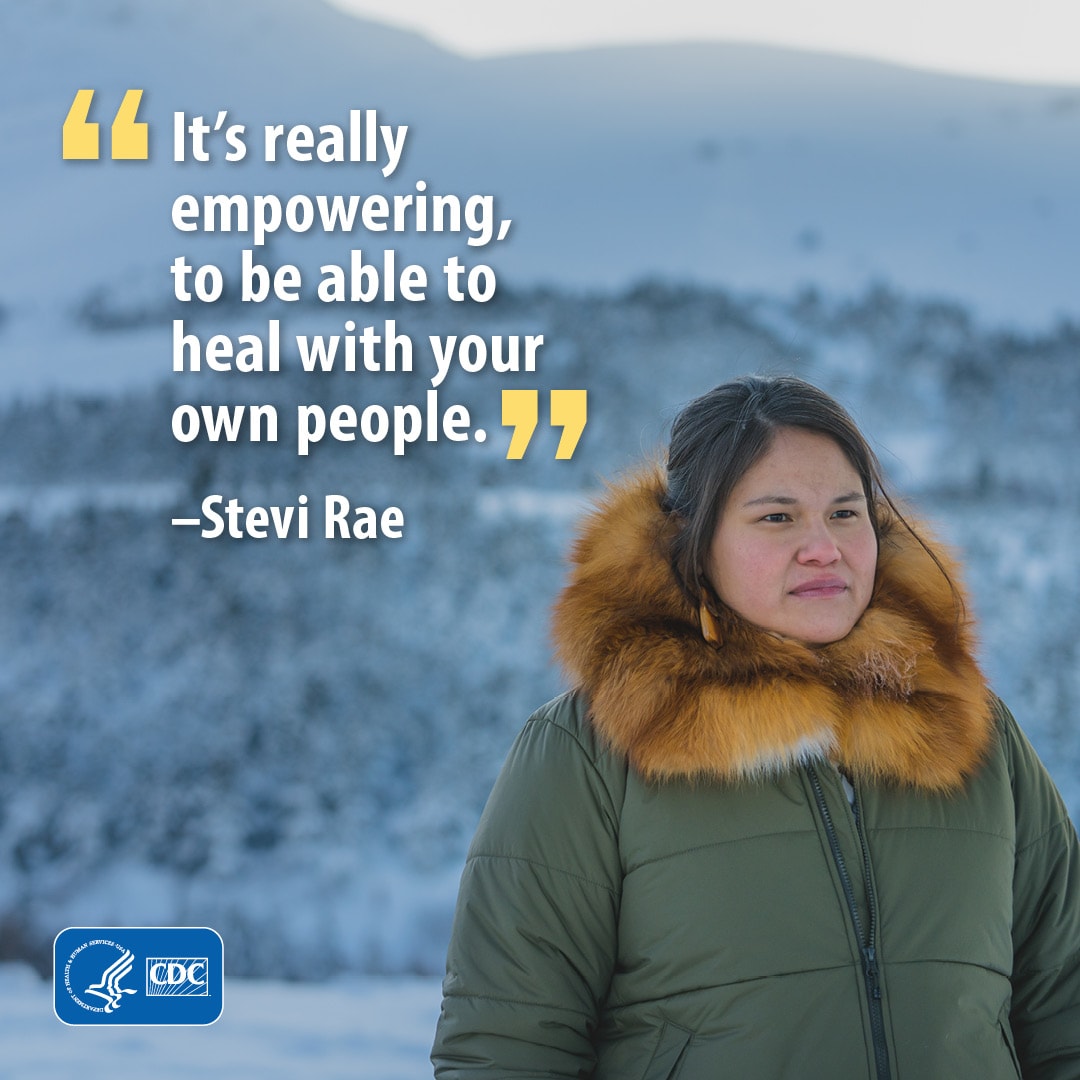Drug Overdose Prevention in Tribal Communities
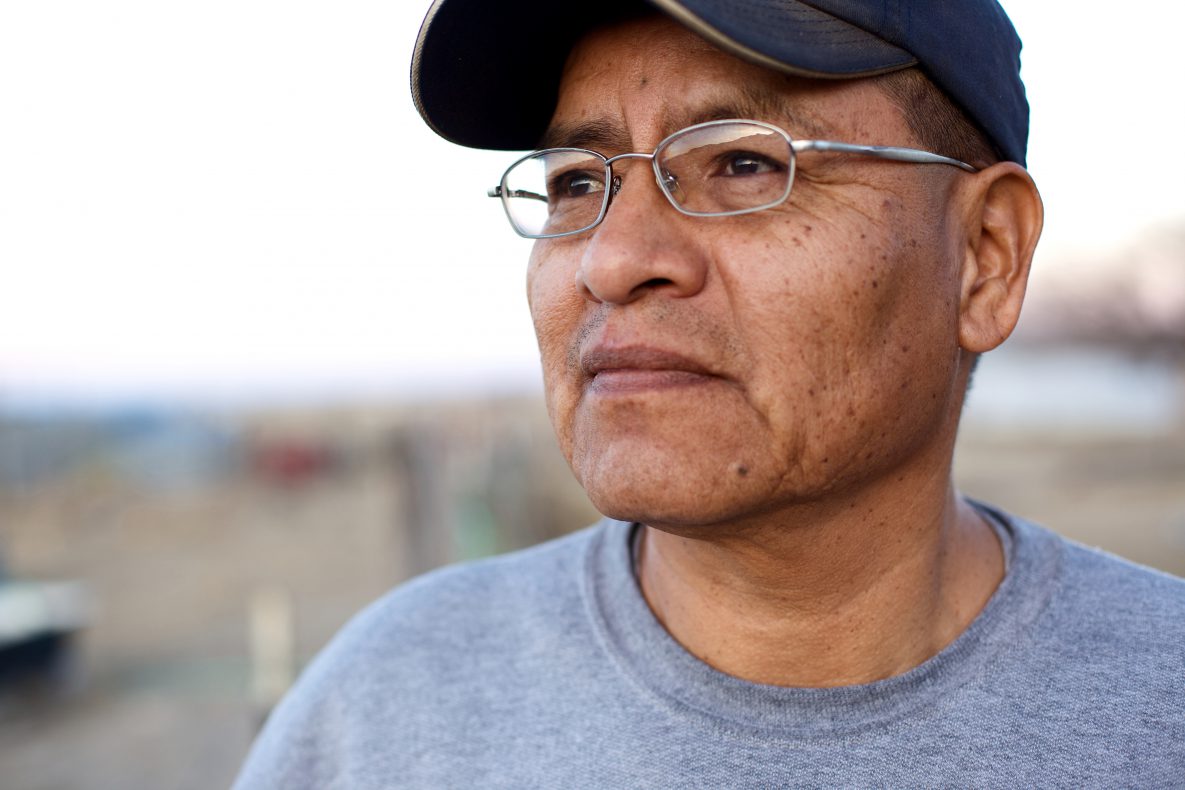
Overdose deaths have continued to increase over the last 20 years, including among American Indian and Alaska Native (AI/AN) people. A recent CDC Vital Signs showed that in just one year, overdose death rates (number of drug overdose deaths per 100,000 people) increased 39% for non-Hispanic (NH) AI/AN people. In 2019 and 2020, drug overdose death rates were highest for AI/AN people compared to other racial and ethnic groups.
Additionally, from 2004-2019, death rates for overdoses involving psychostimulants were generally higher among AI/AN persons than among other racial and ethnic groups. The disproportionate increase in stimulant-involved overdose death rates in AI/AN persons may partly be due to health inequities, like unequal access to substance use treatment and treatment biases.
The Centers for Disease Control and Prevention (CDC) is committed to comprehensive efforts to address the drug overdose epidemic in tribal communities.
Advancing Prescription Drug Monitoring Programs (PDMPs) and Electronic Health Records (EHR) Integration Project: The Utah Navajo Health System served as a pilot site to extend health information technology solutions to tribal systems. PDMPs are secure, online, state-based databases that collect information about dispensed controlled substance prescription medications. Utilization of PDMPs as both a clinical decision-making tool and public health tool has grown with the increase in overdoses related to prescription opioids, improvements in health information technology (health IT), and a growing understanding that a robust public health response is necessary to address the opioid overdose epidemic. CDC is partnering with the Office of the National Coordinator for Health IT (ONC) to advance and scale health IT solutions such as integrating PDMP data into electronic health records (EHRs), pharmacy dispensing software (PDS) systems, and health information exchanges (HIEs).
Funded Organizations: CDC provides $13 million in supplemental funds to 11 Tribal Epidemiology Centers and 15 tribes or tribal-serving organizations. CDC works with tribal communities to strengthen the quality, accuracy, and timeliness of drug overdose surveillance data to support effective treatment and prevention activities in tribal communities. CDC’s funding also supports regional strategic planning to address opioid overdose prevention in tribal communities, so that strategies complement and enhance community strengths.
Overdose Data to Action (OD2A): OD2A supports 66 jurisdictions, including state, territorial, county, and city health departments, in collecting high quality, comprehensive, and timely data on nonfatal and fatal overdoses and in using those data to inform prevention and response efforts.
Arizona partnered with tribes to improve clinical decision making and public health surveillance by eliminating barriers to accessing the Arizona Prescription Drug Monitoring Program for clinicians serving native communities.
New Mexico recorded radio advertisements in English, Spanish, and Navajo to tell listeners about the anotherwaynm.org website (website includes access to medication for opioid use disorder and chronic pain management alternatives). The ads aired on 35 radio stations and reached the Navajo Nation.
Drug Free Communities: The Drug-Free Communities (DFC) Support Program is the nation’s leading effort to mobilize communities to prevent and reduce substance use among youth. There are more than 700 DFC coalitions committed to implementing local solutions that will build safe, healthy, and drug-free communities. Approximately 10% of DFC coalitions work with tribes or tribal designated organizations that focus on the following substances:
- Alcohol
- Marijuana
- Tobacco products
- Prescription opioids
- Non-opioid prescription medications, including antidepressants (e.g. Prozac) and benzodiazepines (e.g. Xanax, Valium)
Rx Awareness Campaign: American Indians and Alaska Native people (AI/AN) are heavily affected by the opioid overdose epidemic. CDC’s Rx Awareness campaign tells the stories of people whose lives were impacted by prescription opioids. Read and listen to stories of Alaska Natives who bring to light how their cultures helped with their recovery.
- Building Rx Awareness Among American Indian Alaska Native Audiences Communication Toolkit [PDF – 15 MB]
- American Indian Alaska Native Populations Key Terms Definitions [PDF – 4 MB]
- Signs of Opioid Misuse Opioid Use Order and Overdose [PDF – 3 MB]
- Helping Elders Understand Prescription Opioids
- Messaging for American Indian and Alaska Native Audiences
- Opioid Overdose Prevention in Tribal Communities (cdc.gov)
- Build State, Local, and Tribal Capacity to Respond to Opioid Overdoses | CDC’s Response to the Opioid Overdose Epidemic | CDC
- 12 TECs | Tribal Epidemiology Centers (tribalepicenters.org)
- Indian Health Service | Indian Health Service (IHS)
